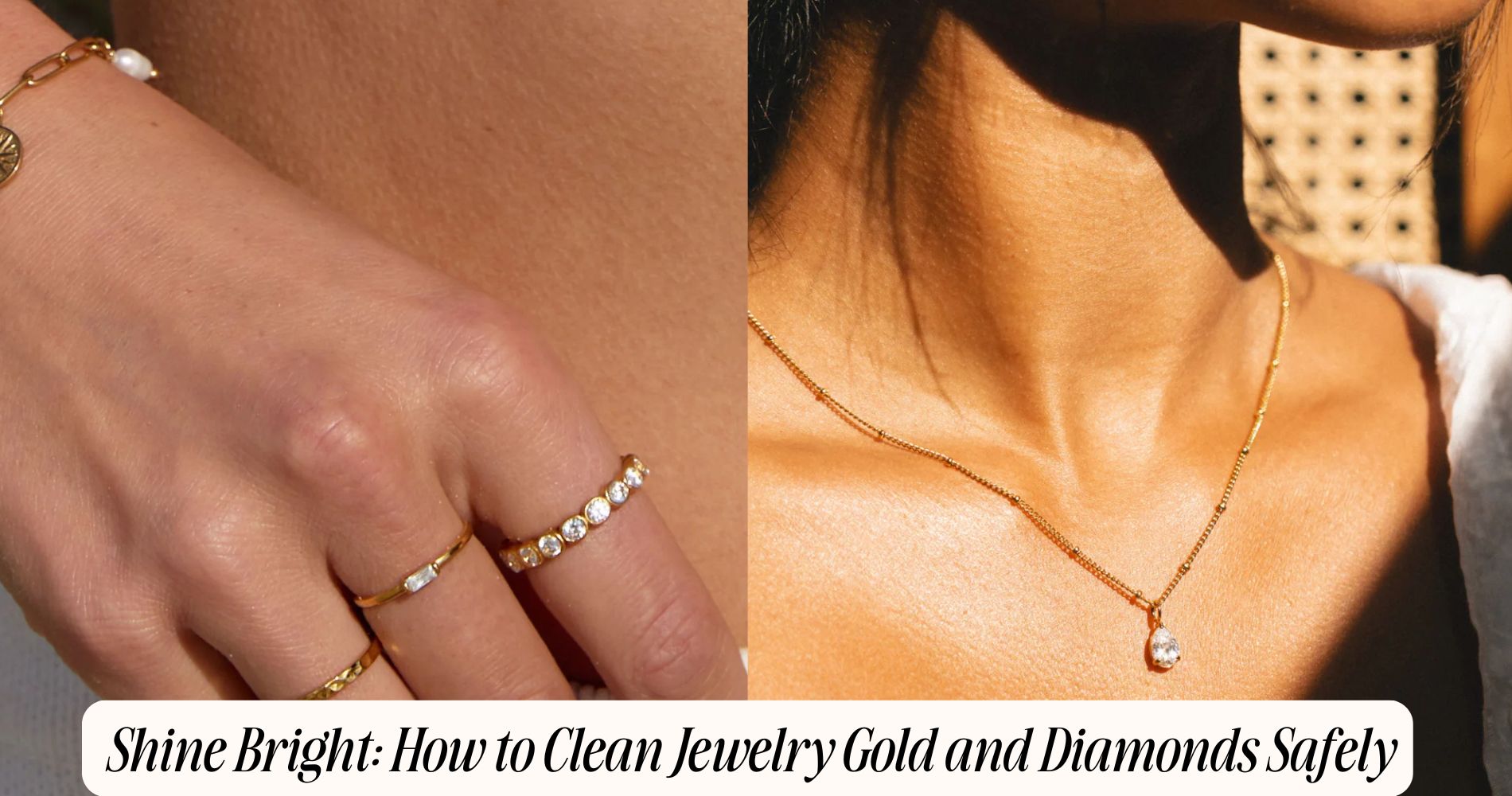
Shine Bright: How to Clean Jewelry Gold and Diamonds Safely
Wondering how to clean jewelry gold and diamonds without causing damage? Start by washing your hands and checking for any loose prongs. Then soak your pieces for 10–15 minutes in lukewarm water mixed with a few drops of pH-neutral soap. Use a soft toothbrush to gently brush around settings, sweeping away from the stone edges. Rinse with deionized water using a bulb syringe, and blot dry with a lint-free microfiber. Avoid bleach, ammonia, or acetone. For stubborn buildup, try an ultrasonic cleaner with mild detergent—or learn when steam and professional cleaning make sense. Explore our Simple Gold Jewelry collection for effortlessly elegant pieces that shine beautifully with proper care.
What Makes Gold and Diamonds Lose Their Luster
Although gold and diamonds are durable, they dull quickly when films and micro-abrasions build up on their surfaces. You see luster drop when skin oils, lotions, and surfactant residues form optically scattering layers. Diamonds attract lipids electrostatically; these films reduce refractive contrast and brilliance.
Gold resists corrosion, but alloys contain copper, silver, or nickel, which oxidize; these tarnish causes yield surface roughness that diffuses light. Micro-scratches from abrasive dust (silica, alumina) or improper storage increase diffuse reflectance and reduce specular shine.
Environmental factors accelerate degradation: chlorine attacks solder joints, sulfur compounds darken copper-bearing alloys, ozone and UV embrittle some settings, and humidity promotes crevice corrosion near prongs.
Temperature cycling loosens grit, then grinds it in. Perfume aerosols deposit polymers that trap particulates. Wear accordingly.
Safe At-Home Cleaning: Step-by-Step
Start with a quick assessment, then clean methodically to protect both stones and settings. Inspect prongs, clasps, and channel walls under bright light; if anything feels loose, don’t proceed—seek a jeweler.
Wash your hands to remove oils. Place a soft towel in the sink basin to prevent impact damage. Prepare a lukewarm, mildly soapy bath; avoid extremes of temperature to reduce thermal stress on diamonds and gold alloys.
Submerge the piece for 10–15 minutes to loosen biofilm. Using a soft, small brush, stroke from metal to stone edges, directing debris outward, not under settings. Rinse with lukewarm running water, supporting the piece securely.
Pat dry with a lint‑free cloth; air-dry fully before storage. As jewelry maintenance tips, schedule monthly inspections and follow safe cleaning methods consistently.
Tools and Cleaners to Use—and What to Skip
With the method in hand, choose tools and solutions that clean effectively without stressing metals or loosening settings.
Use a soft-bristle toothbrush (ultra-soft, baby-grade), lint-free microfiber, and a rubber bulb syringe to flush debris.
Select pH-neutral cleaning solutions formulated for jewelry or a mild dish soap diluted in warm water.
For films, employ gentle abrasives only: non-gel toothpaste is too harsh; instead, use a damp microfiber with a minimal jeweler’s polishing compound designed for gold.
Skip chlorine bleach, ammonia on colored stones, acetone near glued settings, baking soda on soft alloys, and ultrasonic machines if you can’t verify stone stability.
Avoid hard brushes, paper towels, and abrasive pastes.
Rinse with deionized water, pat dry, and finish with a clean cloth dedicated to gold and diamond pieces only.
Protecting Settings, Prongs, and Delicate Details
Because grime can act like sandpaper at contact points, protect settings by stabilizing the piece before any cleaning and minimizing mechanical stress.
Place the jewelry on a lint-free towel, brace it with a finger rest, and work under bright, directional light. Inspect each head for prong lift, thinning, or snagging; postpone cleaning if you detect movement.
For prong protection, use only soft, tapered brushes and sweep away from stone edges, not across them. Keep bristle tips, not ferrules, in contact with metal. Limit force on pavé and micro-prongs; dab with suds rather than scrubbing.
Maintain setting security by supporting the crown from below while cleaning the girdle. Avoid toothpicks or pins that can wedge under claws. Rinse gently; blot, don’t wipe.
Deep-Clean Options: Ultrasonic and Steam Considerations
Although home soaks and brushing remove surface grime, deep-cleaning often relies on two tools: ultrasonic agitation and pressurized steam.
Ultrasonic benefits include cavitation that dislodges packed debris from under settings and open galleries; it’s effective for diamonds and plain gold. Use distilled water, a mild non-ammoniated detergent, and short cycles. Inspect prongs first with 10x magnification; if a stone shifts, don’t use ultrasound. Avoid on fracture-filled or heavily included diamonds, soft gems, or heat/solvent-sensitive treatments.
Steam disadvantages center on thermal shock and high-velocity impact. Superheated jets can drive grit beneath prongs or eject compromised stones.
Keep pieces on a mesh tray, angle the stream away from edges, and limit exposure to seconds. Never steam glued settings, enamel, or porous materials. When uncertain, consult a professional.
Smart Habits to Keep Your Sparkle Longer
Even when you clean correctly, daily wear dictates how long jewelry stays bright, so adopt preventive habits that minimize abrasion, chemicals, and impact.
Remove rings for lifting, gardening, and gym work; micro-impacts loosen prongs and chip facets. Keep pieces away from chlorine, bleach, and acetone; these etch alloys and degrade solder. Apply lotions, sunscreen, and fragrance before jewelry, then wash hands to reduce residue.
Use sparkling storage: individual soft pouches or lined compartments prevent hard-to-hard contact; add silica gel to limit moisture and tarnish.
For daily maintenance, rinse with lukewarm water after high-sweat activities, blot with lint-free microfiber, and inspect settings under bright light weekly.
Schedule professional checks every 6–12 months for prong tightness, clasp integrity, and stone security.
Frequently Asked Questions
How Often Should I Get Professional Inspections for My Jewelry?
Schedule professional inspections every six months; increase inspection frequency to quarterly for daily-worn pieces. You’ll verify prong integrity, clasp function, and stone security. Combine routine maintenance with immediate checks after impacts, resizing, or heat exposure to prevent undetected wear and loss.
Can I Travel With Jewelry Cleaner in Carry-On Luggage?
Yes, but you must follow travel restrictions. Pack liquid cleaner under 3.4 oz in a quart bag; avoid flammables. For jewelry safety, secure caps, double-bag leaks, label contents, and consider solid or wipe-based cleaners to minimize spill and confiscation risks.
Are Lab-Grown Diamonds Cleaned Differently Than Natural Diamonds?
No. You clean both the same. Use mild detergent, warm water, and a soft brush. Rinse thoroughly, dry gently. For lab grown diamond care and natural diamond cleaning, avoid harsh chemicals, ultrasonic cleaners for fragile settings, and abrasive tools.
Will Cleaning Affect Jewelry Appraisals or Warranties?
Yes, cleaning can affect appraisals or warranties. Use manufacturer-approved cleaning methods to avoid finish loss, loosened stones, or voided coverage. Keep service records; professional inspections document condition, mitigating appraisal impact. Avoid ultrasonic/steam on treated gems; follow alloy-specific care guidelines.
How Do I Photograph Jewelry to Check for Residue or Scratches?
Use diffuse, cross-lighting techniques and macro photography. Stabilize with a tripod, shoot RAW, f/8–f/16, low ISO, manual focus. Employ polarizing filters to cut glare. Bracket exposures, inspect at 100%, avoid abrasive positioning that could introduce micro-scratches.
Conclusion
You’ve got everything you need to keep gold and diamonds brilliant without risking damage. Use mild detergent, soft tools, and controlled contact times, and always rinse and dry thoroughly. Inspect prongs and settings before and after cleaning; stop if you see movement or cracks. Reserve ultrasonic or steam for sturdy, non-treated stones and secure settings. Store pieces separately, remove them for abrasive tasks, and schedule professional checks twice yearly. With consistent, careful care, your sparkle lasts.







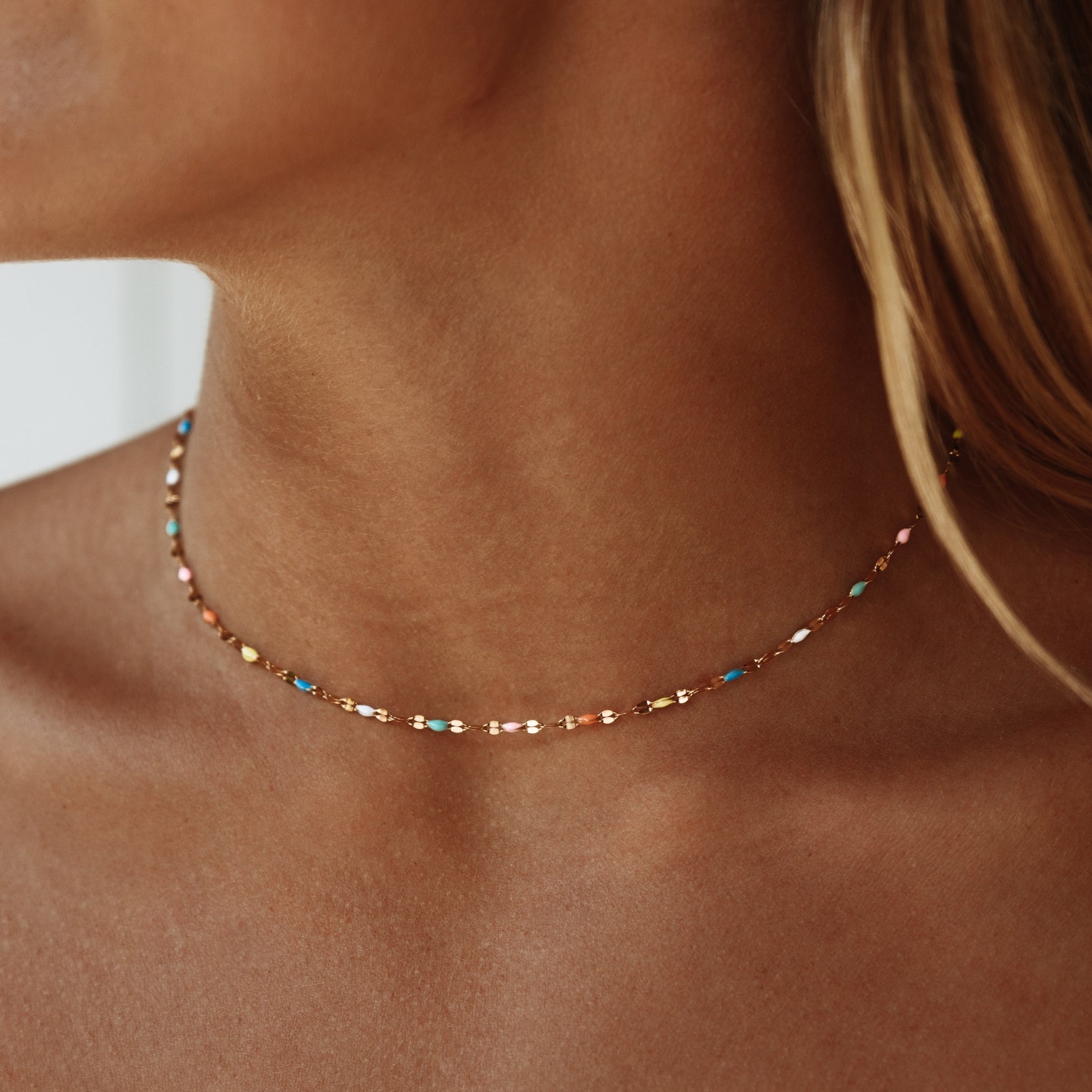
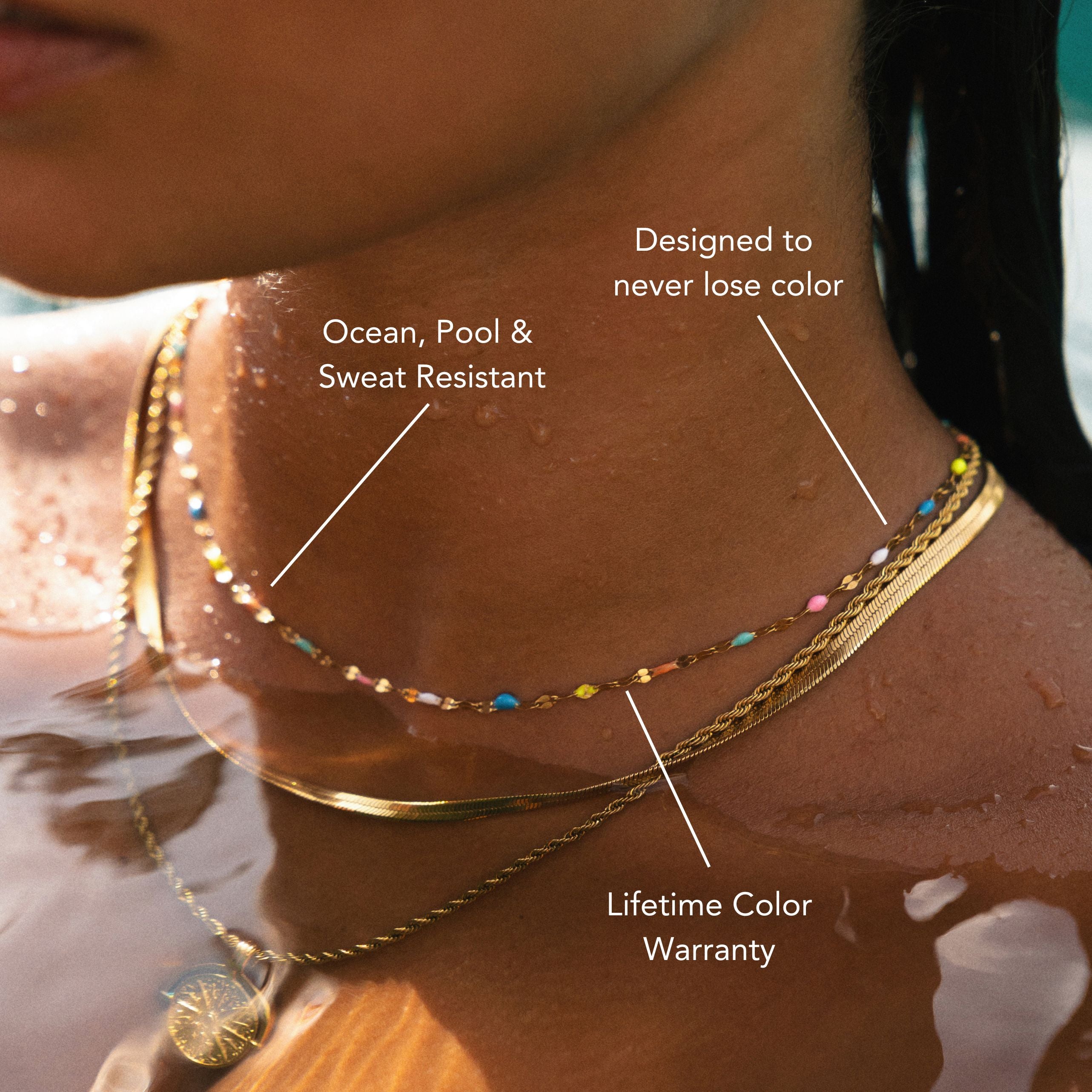
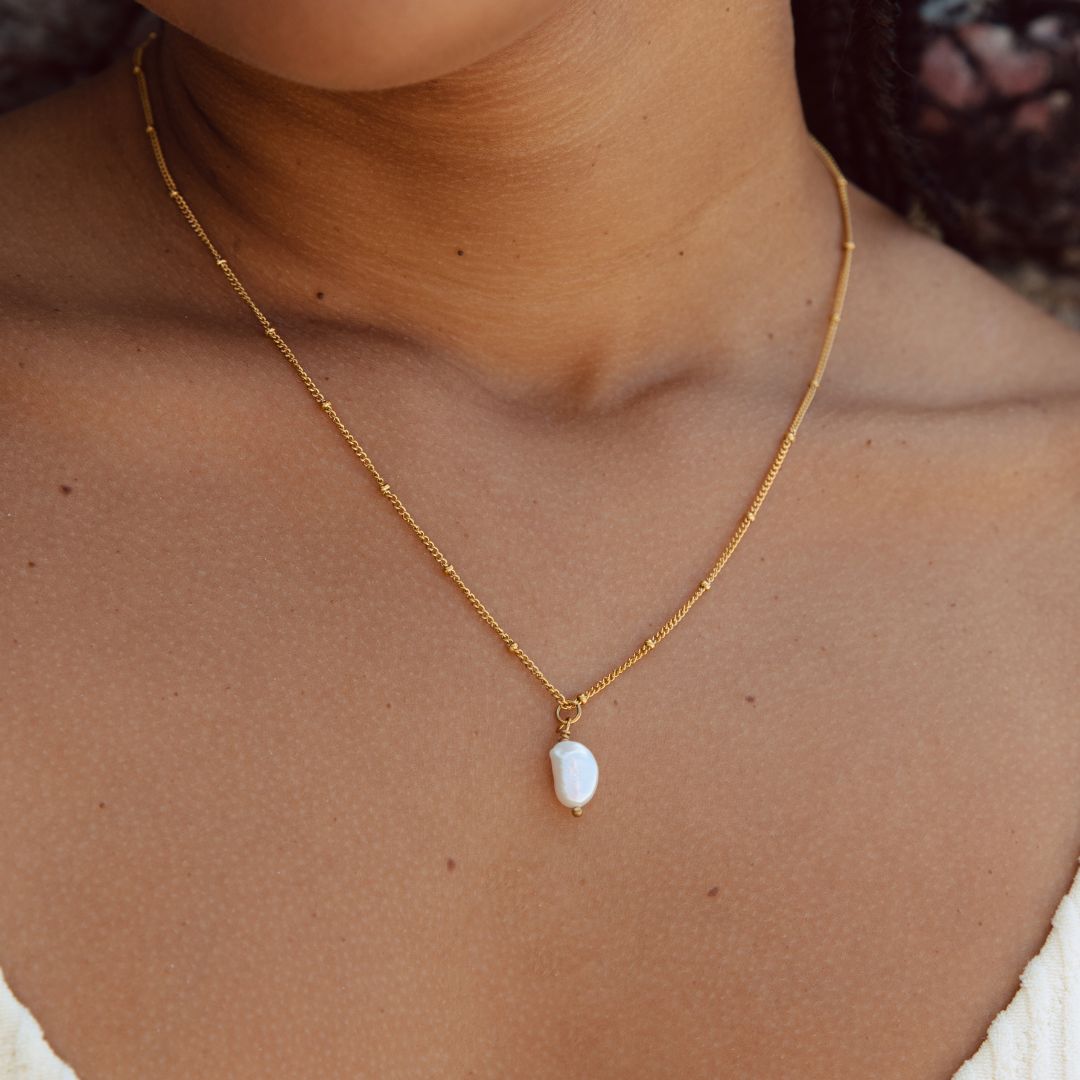
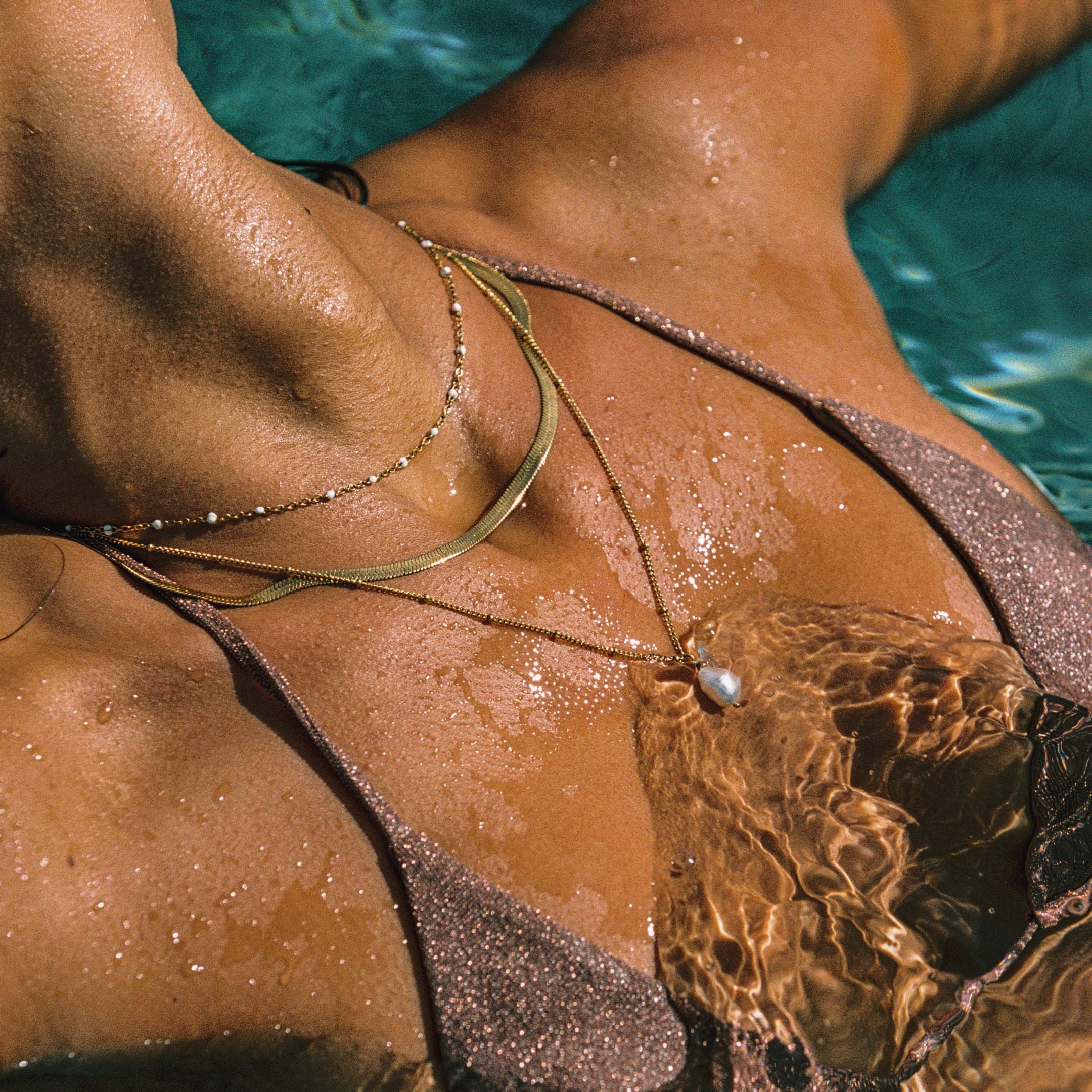
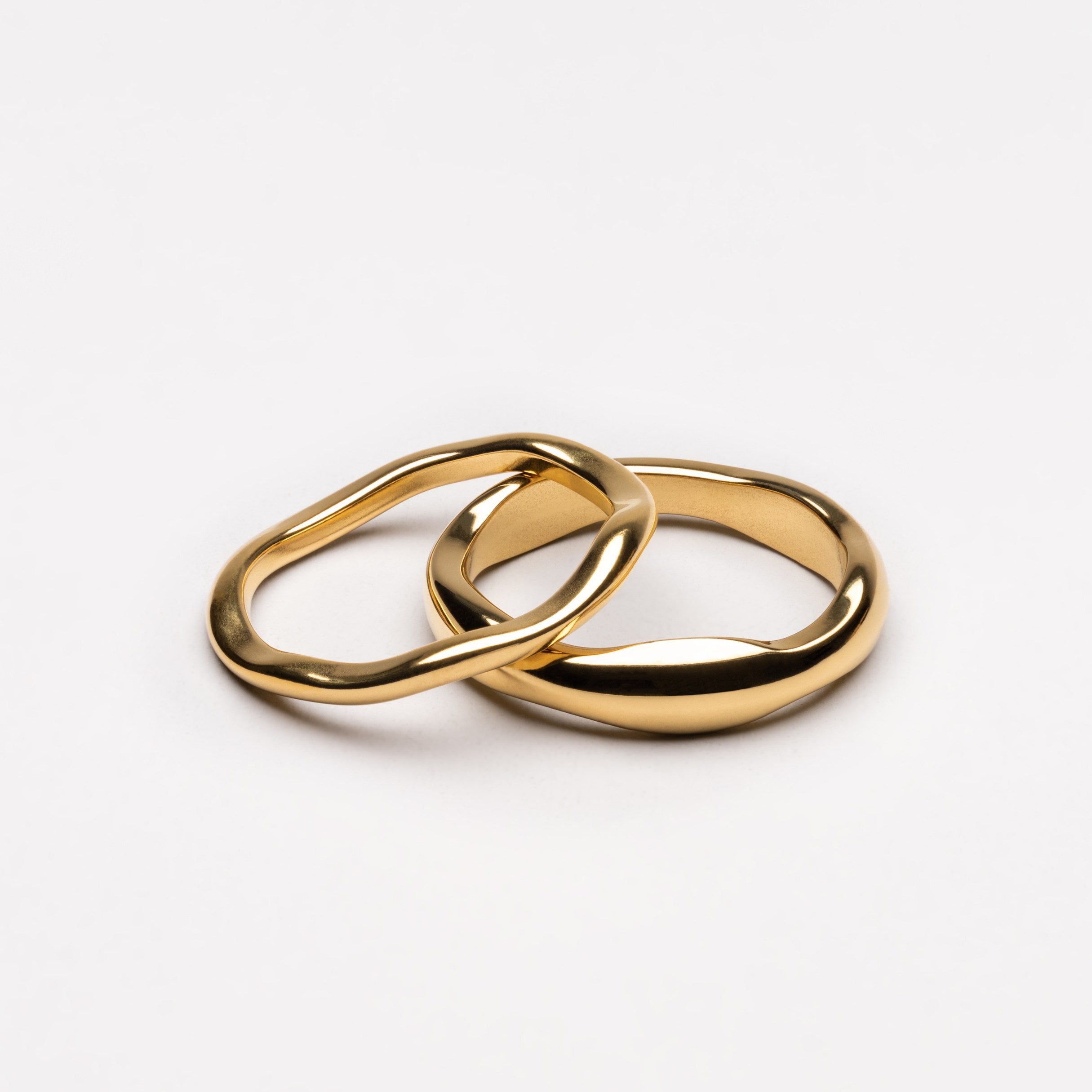
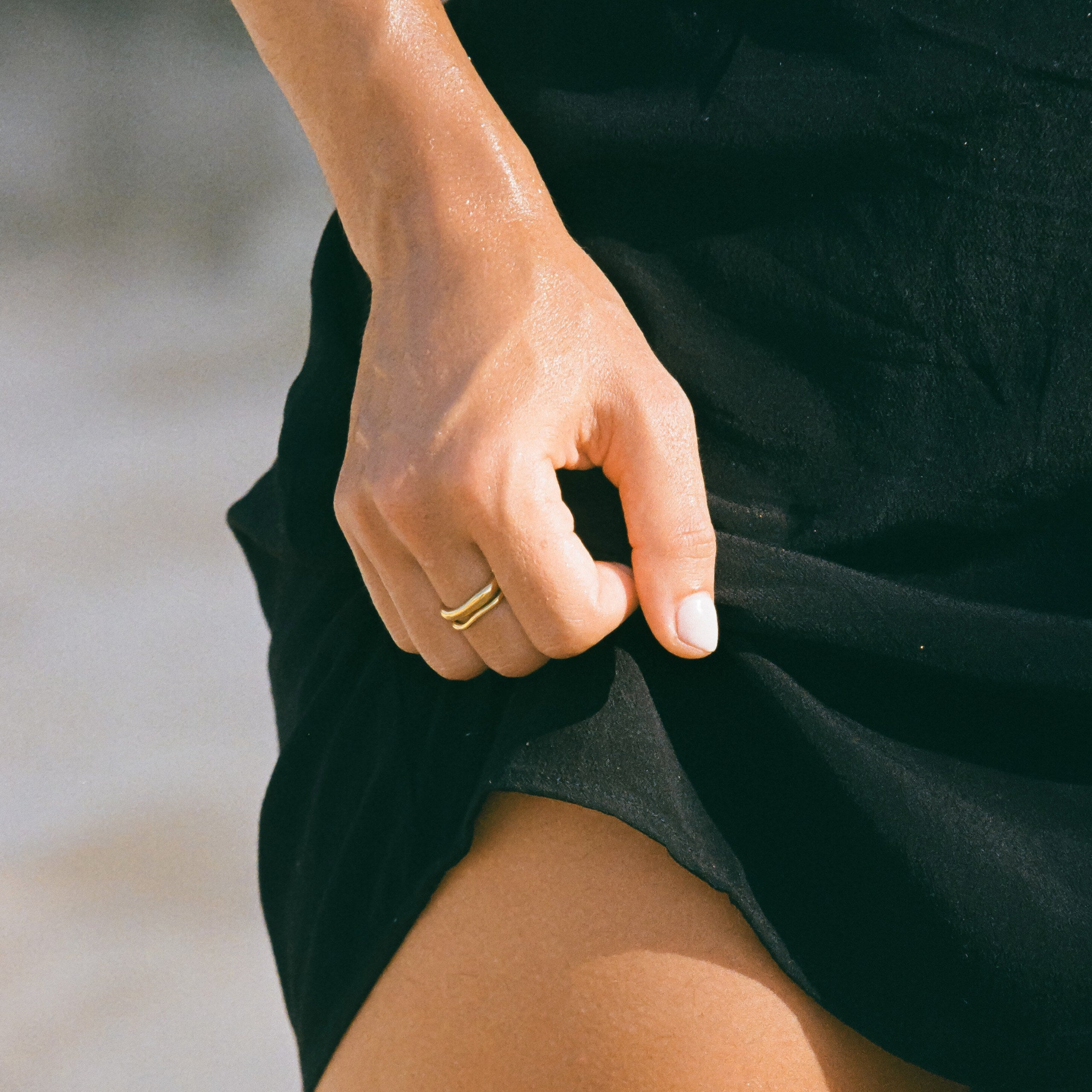
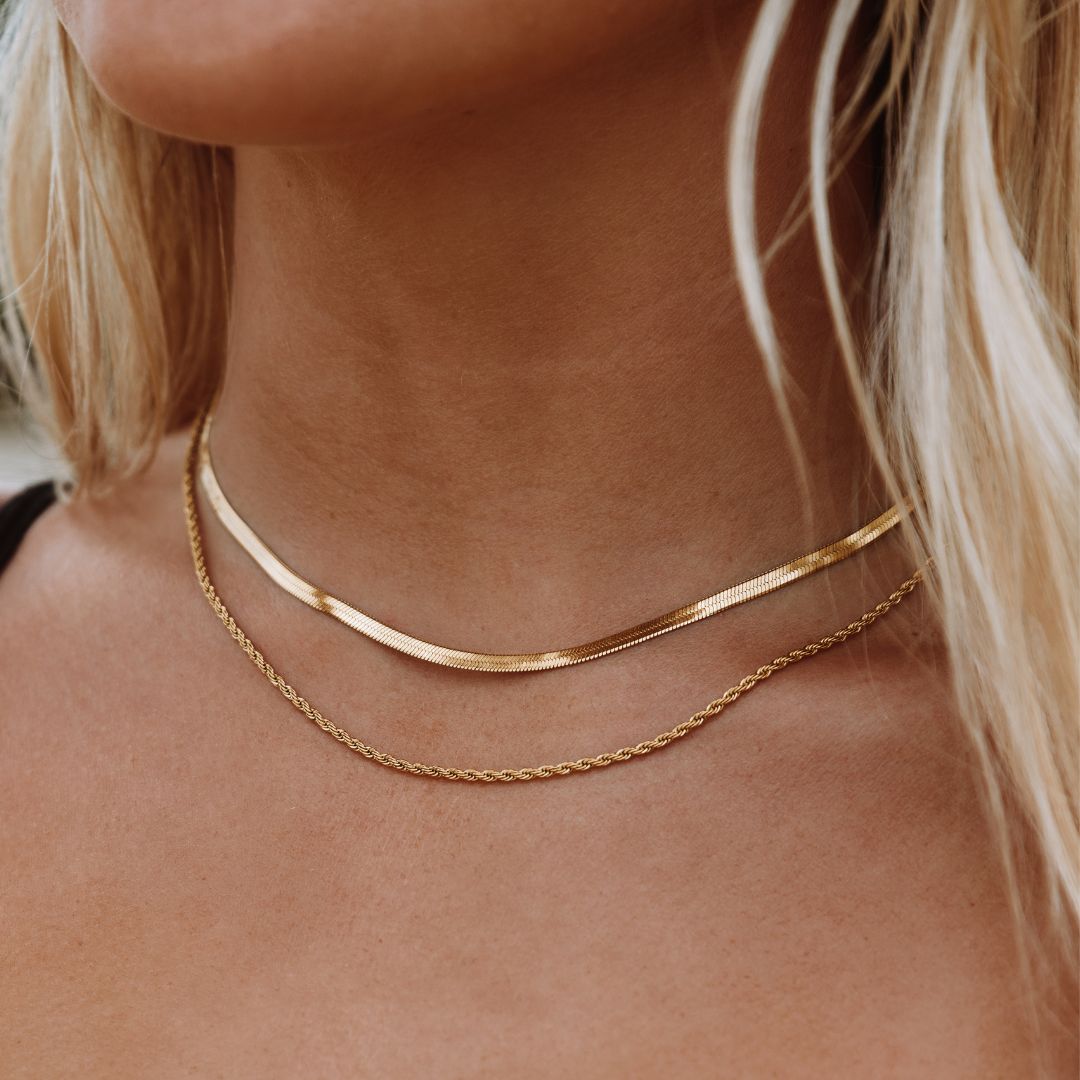
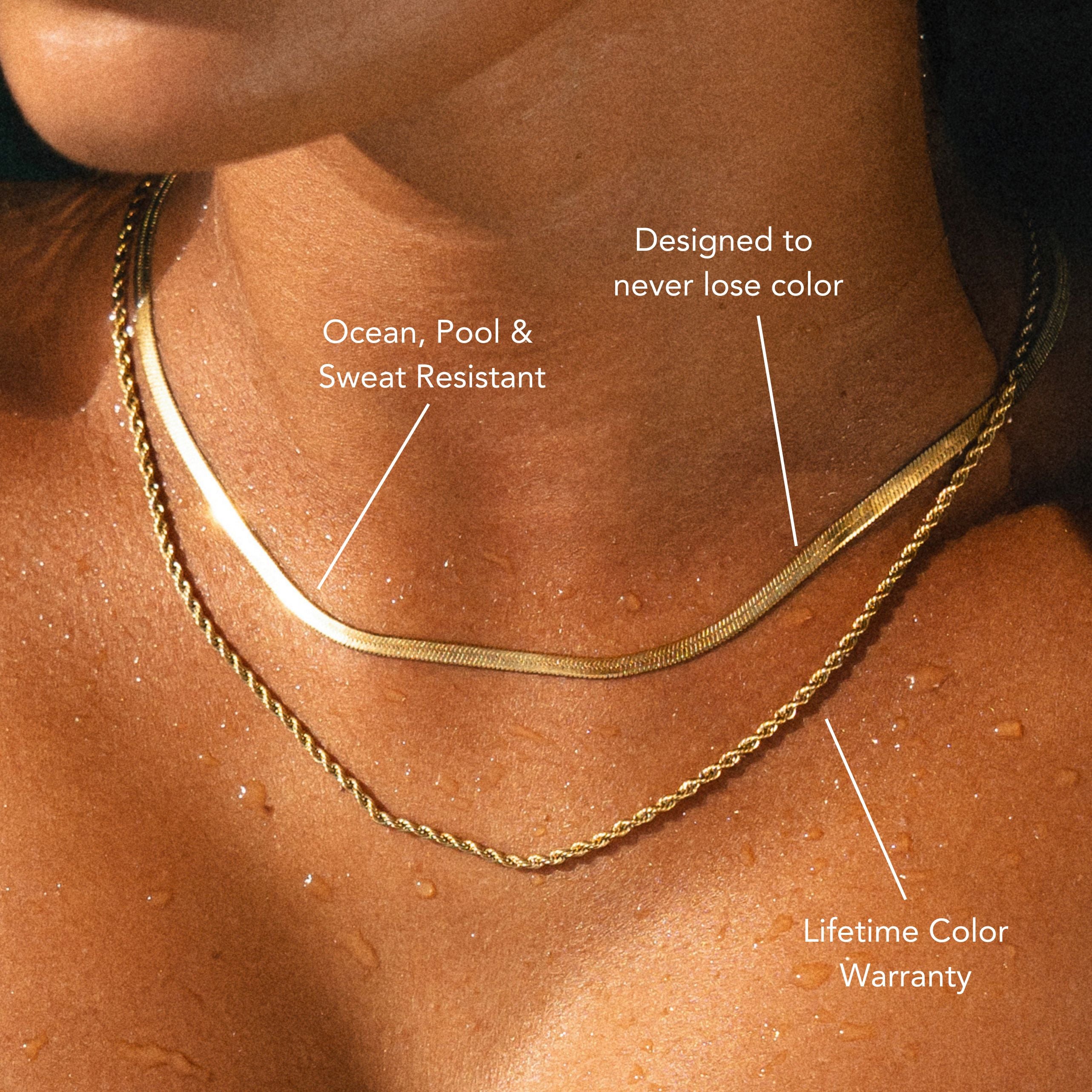
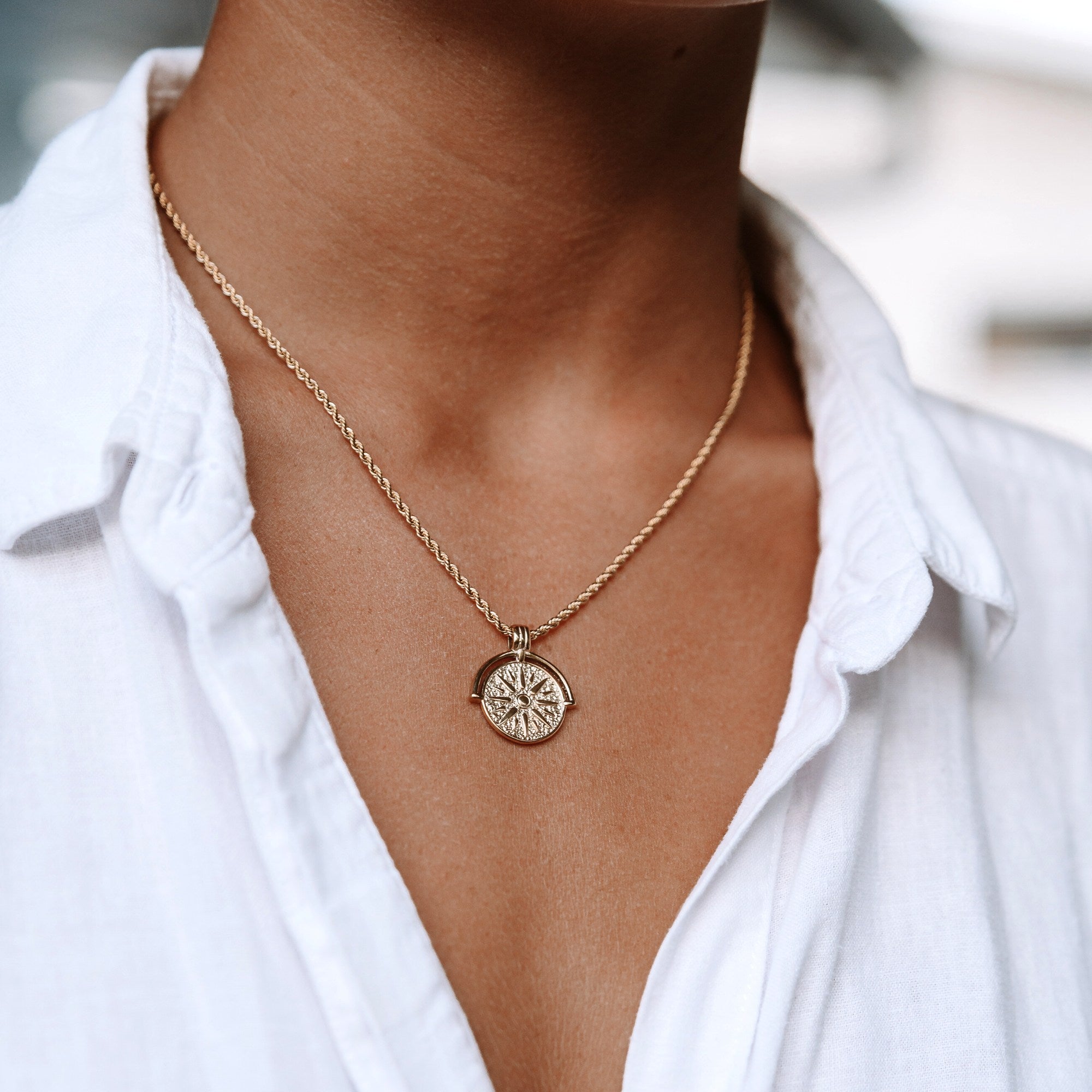
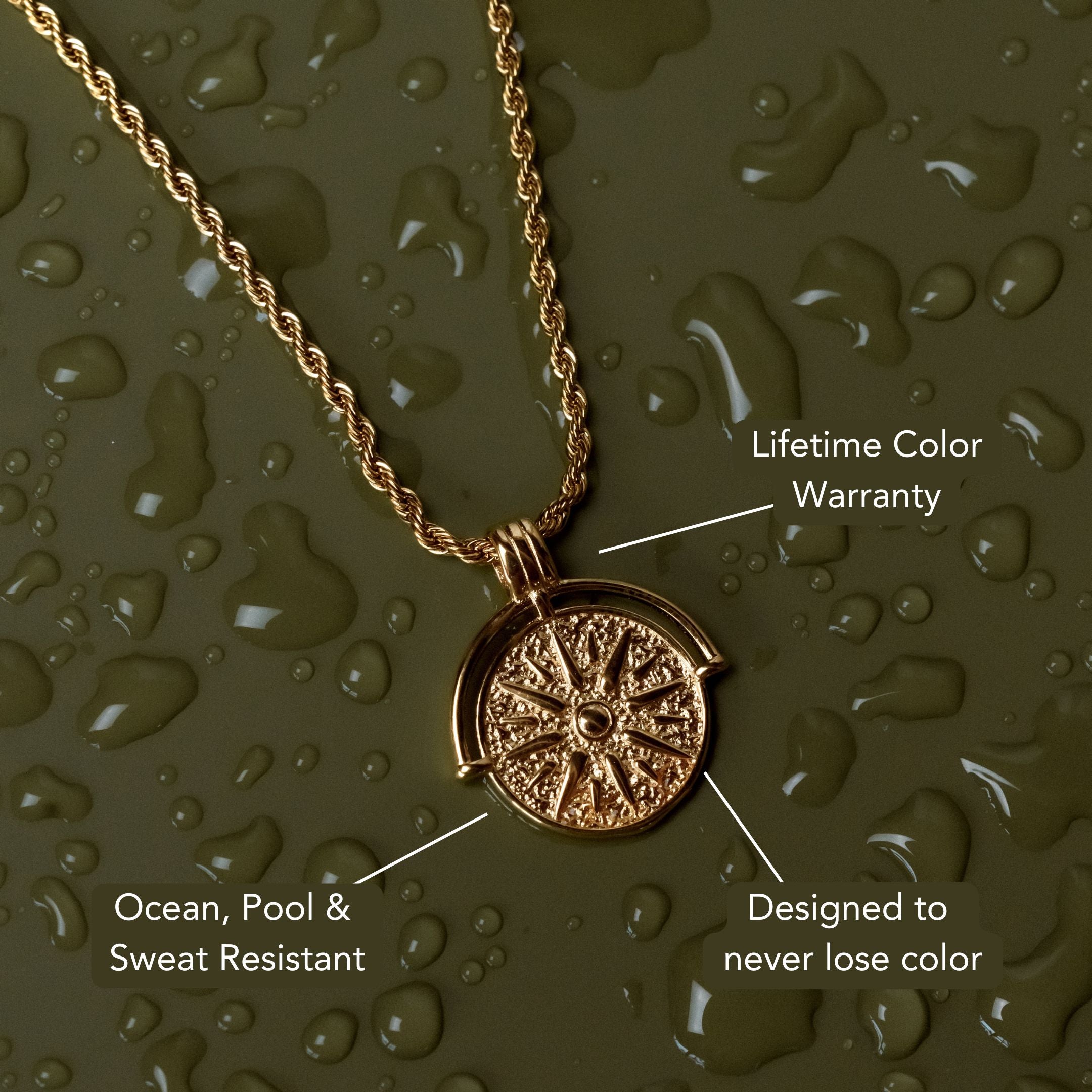
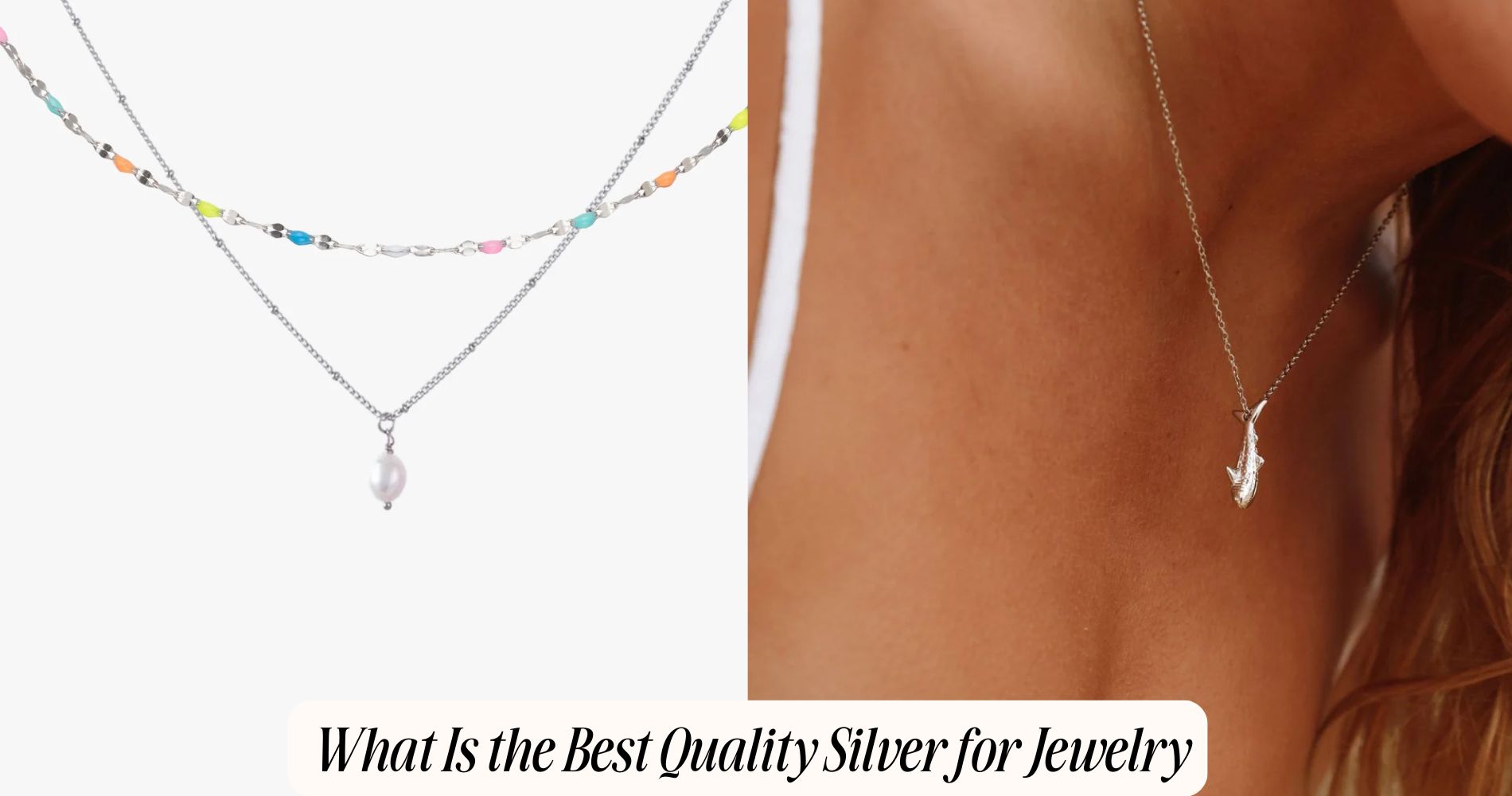
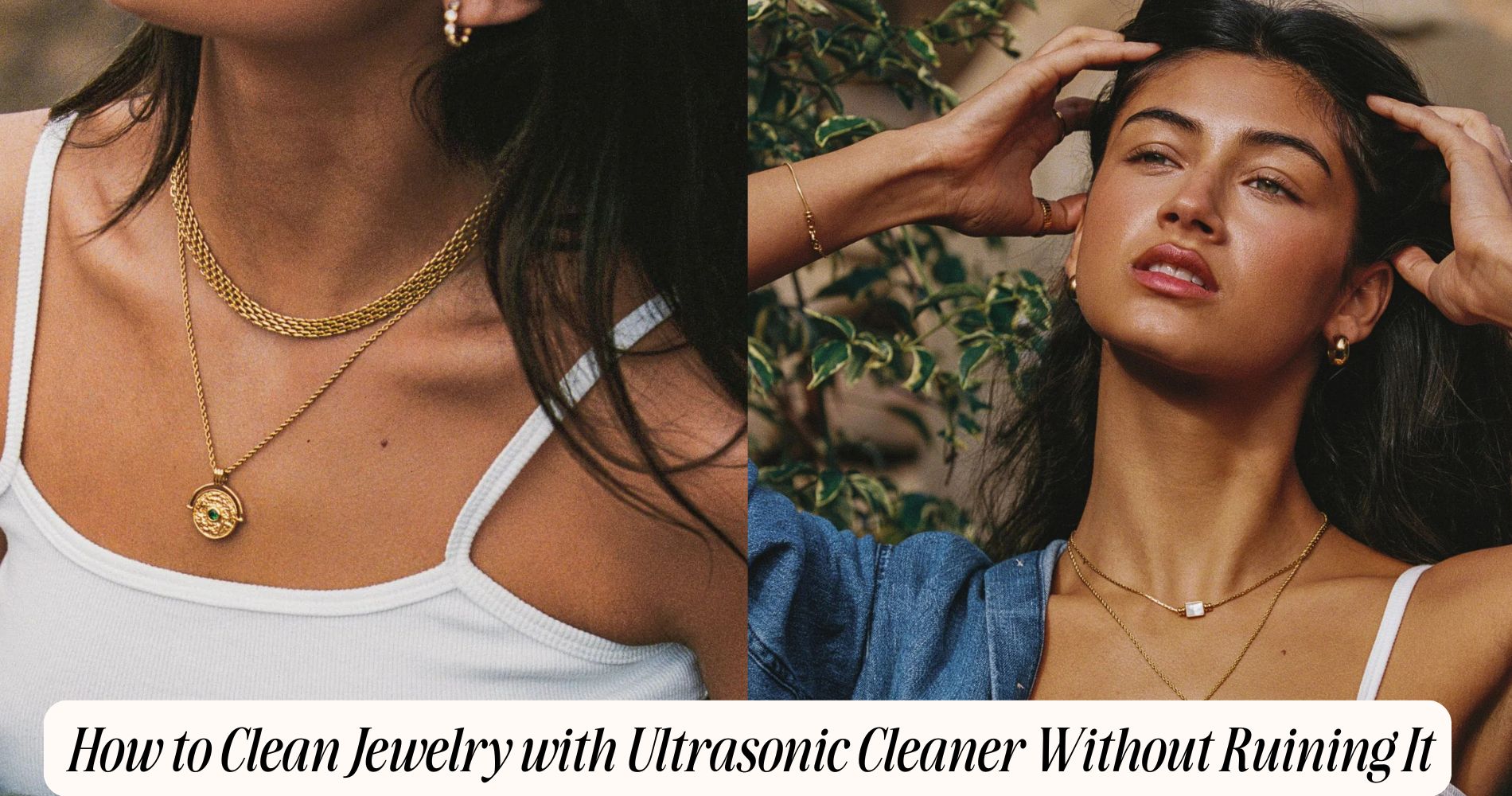




Leave a comment
This site is protected by hCaptcha and the hCaptcha Privacy Policy and Terms of Service apply.